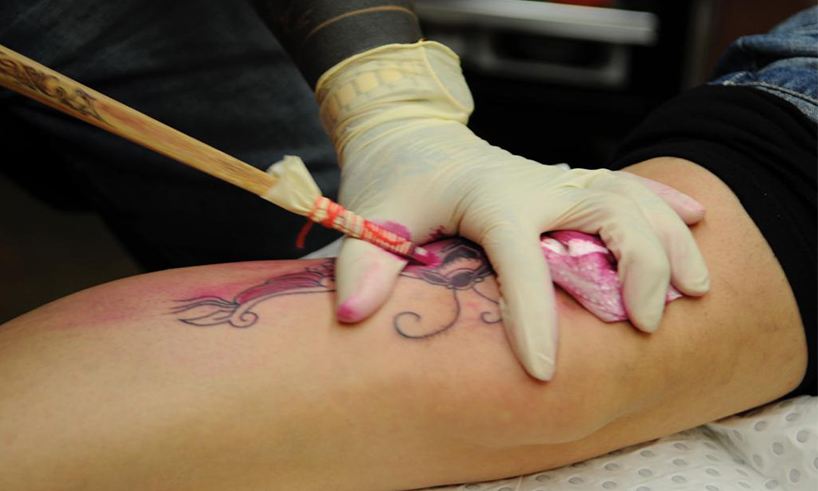
Japanese Mythology on Old Edo Period
Right up until the Edo period, which is between 1600-1868, the purpose of a tattoo was symbolism and as a mark, and not really for imagery purposes. However, it was during the Edo period of Japan that tattooing became a decorative trend, and that’s when it started to take off and advance to the point where it is today.
The Irezumi Japanese Traditional Tattoo
The Irezumi is a traditional Japanese form of tattooing that consists of decorating the body with mythical beasts, leaves and flowers. It can also include images from tales, stores and various types of myths. The art form developed along with the development of woodblock printing. Many Japanese people traditionally aspired to be decorated with Irezumi; it was one of their life goals.
Originally woodblock artists would tattoo clients using the exact same tools that they created. The tools would include gouges, chisels, and an ink type called Nara ink, also known as black ink. The unique quality of the ink is that it goes from black to blue color when under the skin, which is one of the hallmarks of this type of tattoo.
Over the years the debate has raged amongst academics as to who wore these tattoos. Some say it was worn by the lower-class Japanese people. Others claim it was wealthy merchants who were originally barred by law to not flaunt their wealth who wore these expensive Irezumi tattoos. However, it is a fact that the Irezumi was soon associated with people in dangerous professions like firefighters, and later became associated with being macho and sexiness.
Conclusion
Traditional Irezumi as an art form is still practised by specialized tattooists. The process can be uncomfortable and time-consuming, which makes it expensive. Marc Pinto, at Primitive Tattoo in Perth, is one of the few people in the western world who does Irezumi tattoos.


Post a comment